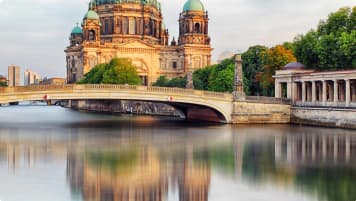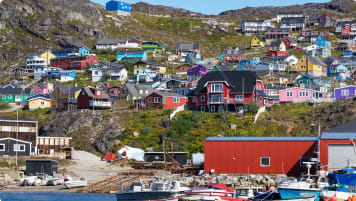Highlights of Germany: Leipzig
Leipzig, encircled by a ring of parks and gardens, the city is a major industrial centre and buzzing with life. It has long been regarded as a major intellectual and cultural centre, known since the Middle Ages for its fairs and markets.
1 Jan 20 · 6 mins read
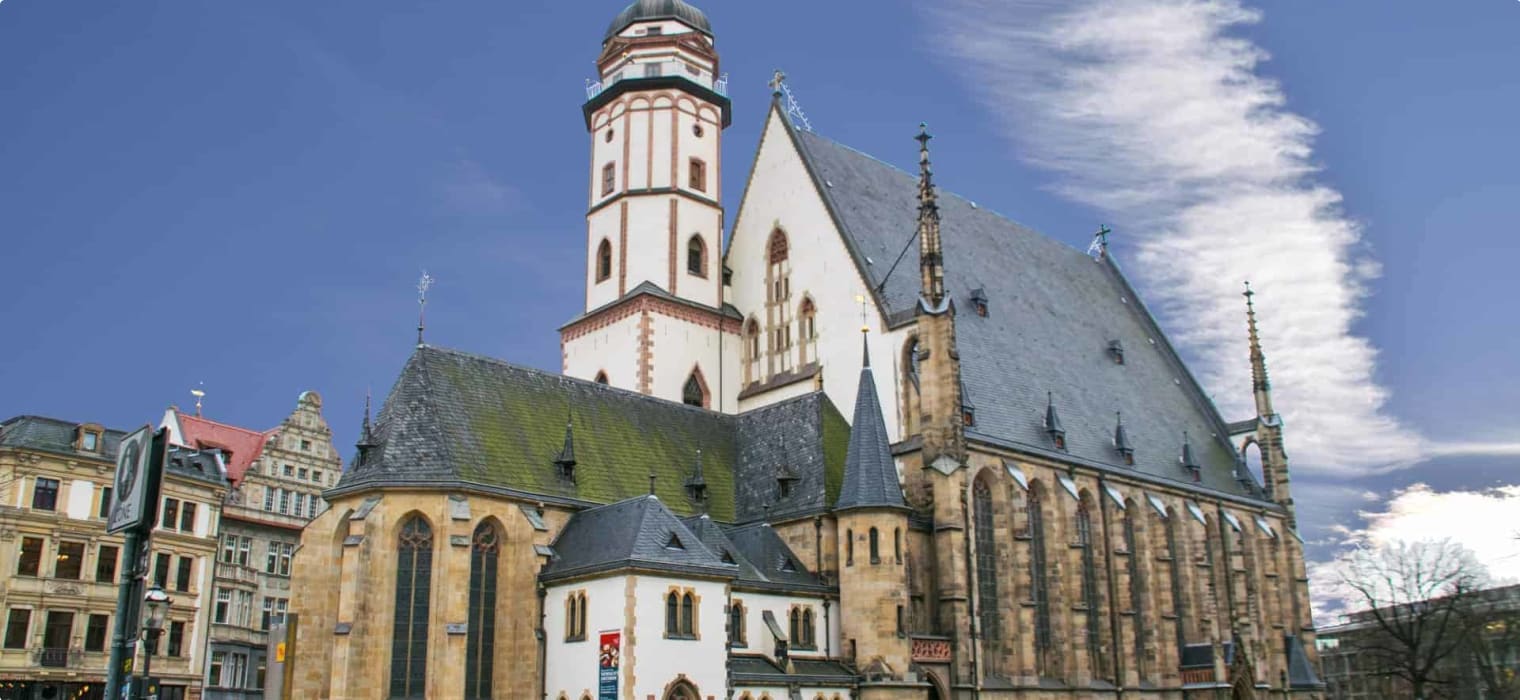
Highlights of Germany | Leipzig
About 185 km south-west of Berlin in the Saxon Lowlands, you will find what some people call the ‘new Berlin’: the city of Leipzig. With a population of about 600,000 people, it is Germany’s sixth most populous city but is fast becoming one of the country’s most popular tourist destinations and is often receives the top score when it comes to Europe’s most liveable cities, with the highest standard of living along with Groningen in the Netherlands and Krackow, Poland. While encircled by a ring of parks and gardens, the city is a major industrial centre and buzzing with life. It has long been regarded as a major intellectual and cultural centre, known since the Middle Ages for its fairs and markets. For centuries, annual fairs were put on in Leipzig, drawing visitors from all over Europe and by the 18th century Leipzig became the centre for trade with Russian, Polish and English goods. It was known as ‘the marketplace of all Europe’. Leipzig has been nicknamed ‘Hypezig’ because of its lively art and music scene and its characterisation as a younger, hipper, less pretentious Berlin. Today, despite much of the city being destroyed toward the end of World War II, it is known for the pushing the edge of culture and being to creatives and tech companies powering innovative change. On top of this, it is a university town (the Leipzig University dates from 1409 and famous alumni include German Chancellor Angela Merkel, philosopher Friedrich Nietzsche and writer Johann Wolfgang von Goethe) and there is no shortage of bars and cafes to explore. As well as this, Leipzig has a rich history and many of its most important landmarks have been restored since the destruction of World War II. The legacy of Leipzig and its continuing importance as a cultural centre can be felt in many of these attractions, including old publishing houses and major libraries. While it is a relatively small city, there is enough to see in Leipzig to stay there for a few days and enjoy the atmosphere and beauty of this fascinating city.What to See
Markt and Old Town Hall
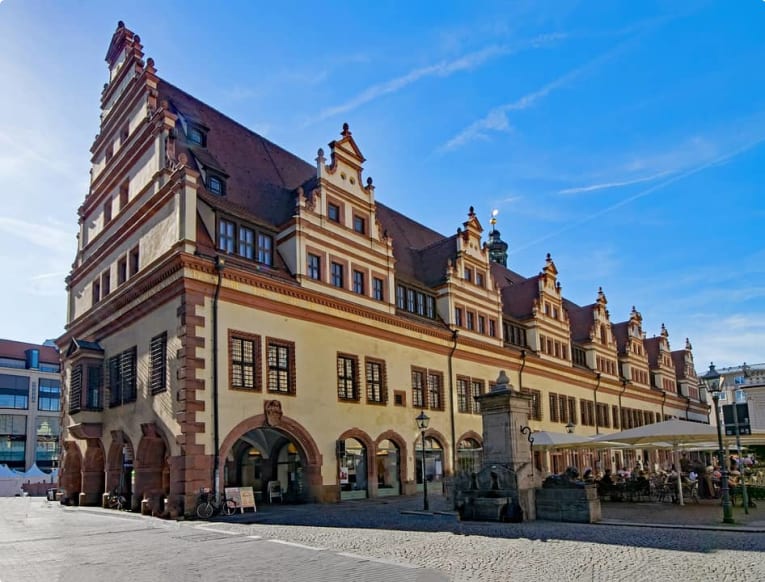
The Markt or main square of Leipzig is dominated by the Old City Hall (Rathaus), a Renaissance building built in 1556 and considered one of the most beautiful Renaissance buildings in Germany as well as one of the country’s largest town halls. The municipal government moved into the New Town Hall in 1909 and now inside the Old City Hall you will find a museum filled with artefacts and pictures from Leipzig’s history, documenting city life from the time of medieval fairs to the famous 1989 ‘peaceful revolution’ that became a catalyst for an end to the Iron Curtain. You will also find many impress works of medieval religious art including wood-carved sculptures and paintings that were saved from churches that have since been deconstructed. Underneath the building you will find the cellar which was once used as a jail and torture chamber.
The Markt is where farmers’ markets and many of the city’s music festivals are held including the annual Bach Festival. The Bach Music Festival is held in honour of Bach because Leipzig is the city where he spent nearly three decades as music director. On May 13, 1722, he was sworn in as director of church music for the city of Leipzig. Prior to this, he was mostly engaged in chamber music in his appointment at Köthen, where he finished the Brandenburg Concertos and where he had the support of a musically inclined prince. He thought he would be living the rest of his life in Köthen, but after a decline in his relationship with his royal patron, he applied and was accepted for the position in Leipzig. He provided music for Leipzig’s main churches and its university student ensemble Collegium Musicum. He worked at an incredible pace, producing one cantata (vocal composition with musical accompaniment) a week. It was in this city where Bach would live until his death in 1750. The 2020 BachFest is the 95th Bach Festival of the Neue Bachgesellschaft (New Bach Society), the oldest Bach organisation in the world.
One of Odyssey’s tours, Bach, the man & his music, explores the life and work of Bach and visits Leipzig during the time of the Bach Festival. Odyssey Traveller has created a 16-day experience with the chance to see 6 world-class concerts. During the journey exploring the life and work of Johann Sebastian Bach, you spend time in Berlin (3 nights), Dresden (2 nights), Leipzig (3 nights), Weimar (3 nights), Halberstadt (1 night), and Hamburg (2 nights).
The Old Town Hall and Markt is about a ten minute walk from Leipzig Hauptbahnhof, Leipzig’s main station.
St Nicholas Church (Nikolaikirche)
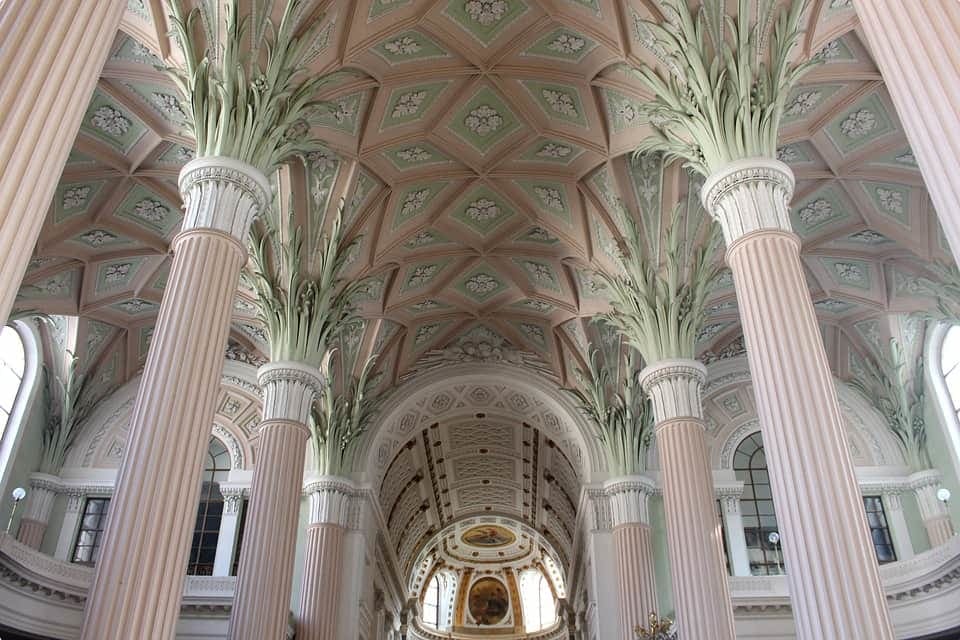
St Nicholas Church was built in the 12th century but has been altered in various ways over many centuries. Since the late 1700s it has sported a Neoclassical style interior with cream-coloured pews and palm-like columns. It is home to one of Europe’s finest organs and Bach, who was music director here and at another Leipzig church, St Thomas, debuted much of his work at St Nicholas.
The church is also famous for the role it played in the nonviolent movement that eventually saw the downfall of East Germany. The church hosted ‘peace prayers’ that are still held today, every Monday, and these meetings empowered citizens to take action against the government. This practice started in September 1989 and the prayers were followed by candlelight vigils. On October 9, 70,000 citizens took to the streets despite protests previously being violently suppressed and the GDR leadership eventually capitulated. There is a column outside the church to commemorate the revolution.
Battle of the Nations Monument
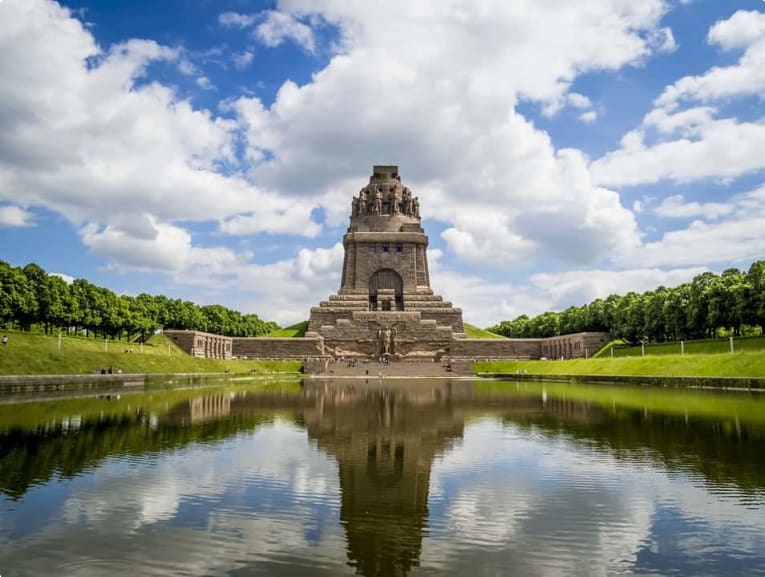
The colossal Battle of the Nations monument is one of the Germany’s most important monuments and the largest war memorial in Europe, standing at 91 metres tall with 500 steps. The monument was completed in 1913 to commemorate the 100th anniversary of Napoleon’s defeat at the Battle of the Nations, also known as the Battle of Leipzig in 1813. The defeat was a crucial step towards the end of hostilities in the War of the Sixth Coalition and Napoleon’s army was forced to retreat to France, eventually leading to his exile to Elba the following year. Below the monument is a museum about the Battle of Leipzig, illustrating the equipment and the military life of the soldiers who fought here. The monument is a 15-minute tram ride from the city centre.
Leipzig Zoo

First opened in 1878, Leipzig Zoo is one of the largest and best known zoos in Germany. Home to 850 different animal species, the zoo’s main speciality is big cats and over the years it has bred more than 2,000 lions and 250 rare Siberian tigers. You can also see snow leopards, red pandas, black howler monkeys, Baikal seals, musk deer and the okapi.
The zoo is divided up into six different landscapes, allowing you to explore exotic rainforests with lush green canopies and jungle paths as well as mountainous Siberian landscapes. The zoo occupies a 54-acre site and can be reached in several minutes on foot from the city centre. If you arrive by train at Leipzig’s central station, there are signs directing you to the zoo.
The Grassi Museum
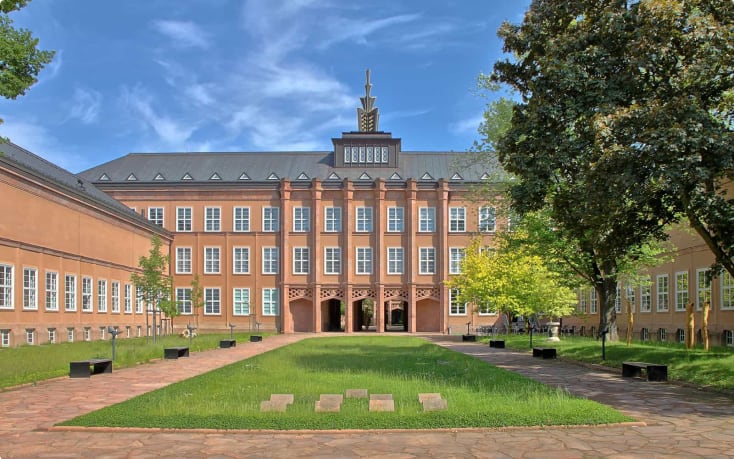
The Grassi Museum is an impressive Art-Deco building complex that houses three museums of domestic and international significance: the Museum of Applied Arts, Ethnographic Museum Leipzig and the popular Museum of Musical Instruments. The building itself is almost palatial with greened inner courtyards, luxurious gardens and ornamental architecture. The Museum of Musical Instruments houses nearly 5,000 instruments from the Middle Ages to the 20th century and music is brought to life in hands-on laboratories and extensive archives. Leipzig is a classical music lover’s dream having been home to over 500 composers over the centuries, including Georg Philipp Telemann, Felix Mendelssohn Bartholdy, Clara and Robert Schumann, Richard Wagner, Edvard Grieg, Albert Lortzing, Gustav Mahler and Hanns Eisler, as well as Bach.
Our tours featuring Leipzig include:
- Richard Wagner’s Ring Cycle: For lovers of Wagner’s music, this tour gives you the opportunity to see four performances of his music in his home city, Leipzig.
- Bach, the man and his music: Another tour for classical music fans. This cultural tour is based around the Bach Music Festival in Leipzig, but includes visits to other cities lived in by Bach.
- The European Ballet: This tour includes nine wonderful performances in five European cities. You will experience six ballets, plus modern dance and two operas performed in beautiful opera houses.
- Contemporary Germany: This tour captures the diversity of contemporary Germany, ranging from north to south, and taking in Germany’s most important cities: Munich, Dresden, Berlin and Cologne. The tour spends one day exploring Leipzig, including the Gewandhaus tour and visits to some of the local churches
Articles about Germany published by Odyssey Traveller.
- 15 Must-See Sites in Berlin
- Oberammergau Passion Play 2020
- Bauhaus Movement: The Definitive Guide for Travellers
- Your Next Holiday Destination: Germany
- History of Berlin, Germany for tourists
- Ten books to read about Berlin
- Books on Johann Sebastian Bach
External articles to assist you on your visit to Germany
Related Tours
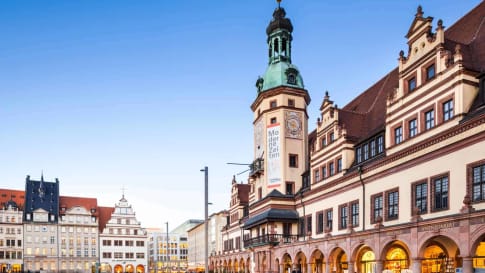
days
JulRichard Wagner Ring Cycle, Leipzig | Small Group Tours Germany
Visiting Germany
The small group tour will see the opera performed in the city of Richard Wagner’s birth, Leipzig. Our tour starts in Dresden and we also visit Bayrouth and Munich. We will not only experience his music in these 4 operas, but also be shown the influences of culture and family on the extraordinary composer’s life.
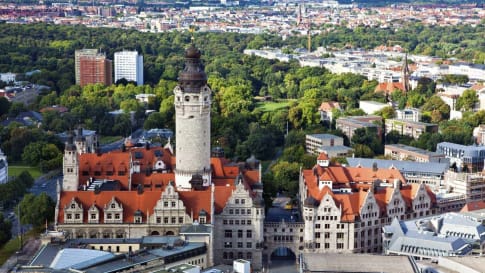
16 days
JunBach Classical European Music Festival small group tours
Visiting Germany
Experience the best of Bach on a small group tour designed for mature couples and solo travelers. Over 16 days, immerse yourself in not only the music but also the rich history and influences that shaped Bach's life. Journey through Germany, visiting key locations tied to his legacy, and culminate the experience with a visit to the renowned Bach Music Festival in Leipzig.
From A$13,340 AUD
View Tour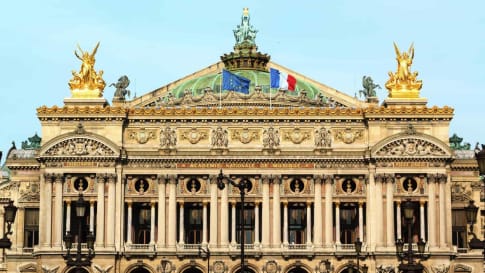
18 days
Sep, Jun, Mar, OctEuropean Ballet escorted small groups tour for senior travellers
Visiting France, Germany
For couples and solo travellers who enjoy the ballet and the arts this 16 day program from Amsterdam to Hamburg and finishing in Paris is a dance delight. Programs and actual performances will vary, but the structure and fabric of the experiences to be enjoyed within a small group remains the cornerstone of your experience on this program.
From A$13,225 AUD
View Tour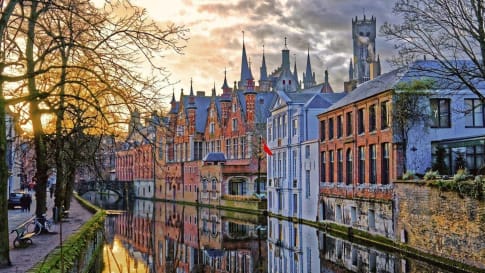
21 days
SepBelgium, Netherlands, France, Germany Art Tour | Western Europe Art Tour
Visiting Belgium, France
Most of us have already experienced the grandeur of classic galleries such as the Louvre and the National Gallery. Travel with like-minded people in a small group tour and be surprised by the lesser-known but equally wonderful smaller art galleries across Northwest Europe.
From A$16,695 AUD
View Tour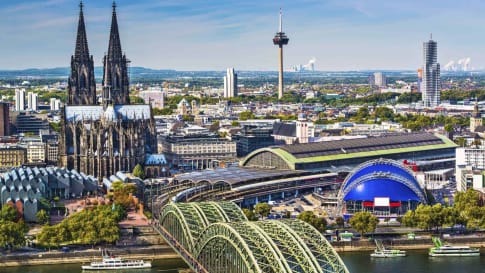
23 days
AugContemporary Germany & Oberammergau Passion Play 2030
Visiting Germany
Enjoy the authentic experience of the Oberammergau passion play on this small group escorted tour. One of the best small group tour companies Europe, the destinations and itineraries provide small group journeys for like minded people. For solo travelers a minimal single supplement applies.
From A$19,995 AUD
View Tour
